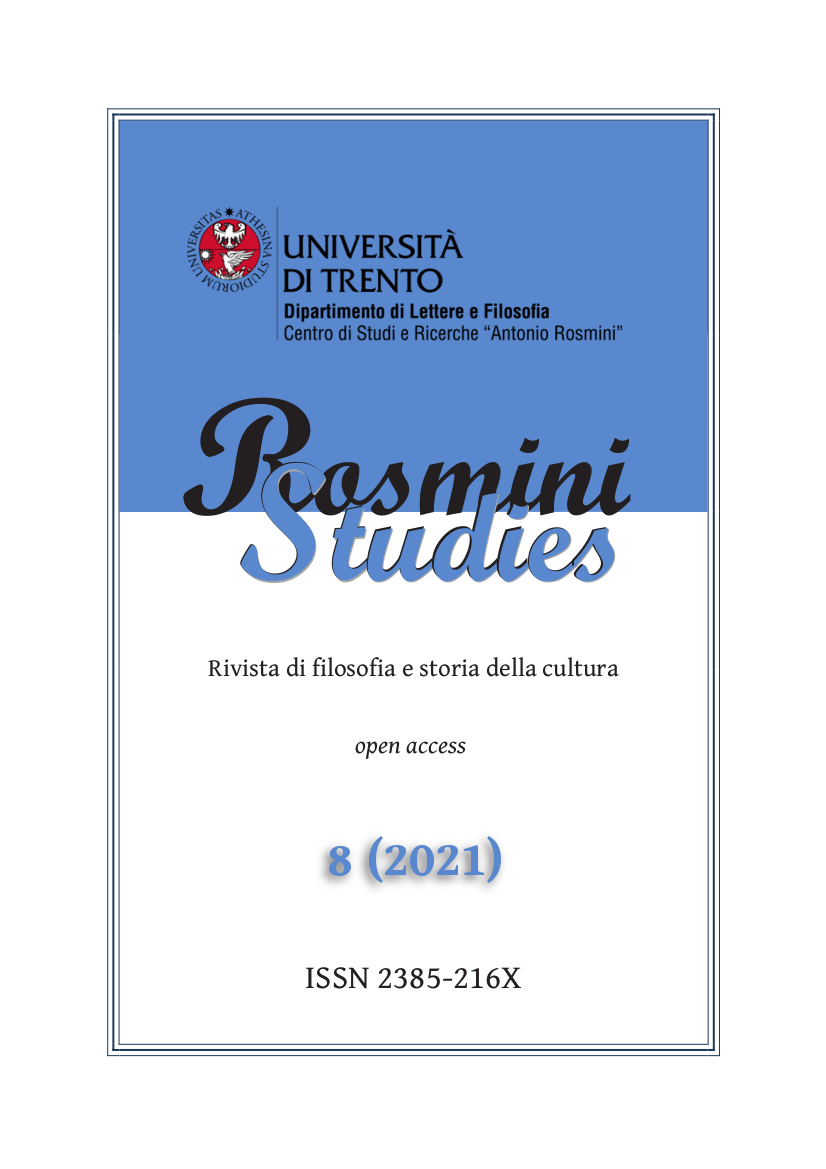Raggiro, immanentismo e nichilismo. Temi della polemica antibuddhista di parte cristiana nel Giappone feudale: il «documento Anesaki»
DOI:
https://doi.org/10.15168/2385-216X/283Parole chiave:
missione in Giappone (1549-1639), polemica antibuddhista, Compagnia di Gesù, documento Anesaki, Myôtei mondôAbstract
In the small number of writings left to testify to the activity of the pioneering Catholic mission in Japan (1549-1639), very few are the polemic works against Buddhism and its various schools spread throughout the country. Among these, a short document in twelve paragraphs stands out that has been long considered the summary, or the preliminary sketch of the most articulated anti-Buddhist work written by a converted Japanese, a member of the Society of Jesus. Now returned to its more modest role, the “Anesaki document”, on which this contribution focuses, contains a series of arguments that mainly target the Amida Buddha and the Pure Land devotional schools, the Shâkyamuni Buddha and Zen schools and the Buddha Vairocana and the Kegon school. The guidelines of the attack are directed: a) against the transcendent nature of the Buddhas, which are reduced to mere human beings, or reinterpreted as symbols of parts or dimensions of nature and therefore devoid of any saving power; b) against Buddhist anthropology, since it does not admit any immortal vital principle and thus invalidates any morality; c) against the duplicity and nihilism of the Buddhist clergy, who preaches to the people a rebirth in future existences, while being aware that death consigns men to nothingness. Thus, the long-held idea makes its way that Buddhism is a “cult of nothingness”.
##submission.downloads##
Pubblicato
Fascicolo
Sezione
Licenza
Copyright (c) 2021 Rosmini Studies

Questo lavoro è fornito con la licenza Creative Commons Attribuzione - Non commerciale - Non opere derivate 4.0 Internazionale.



